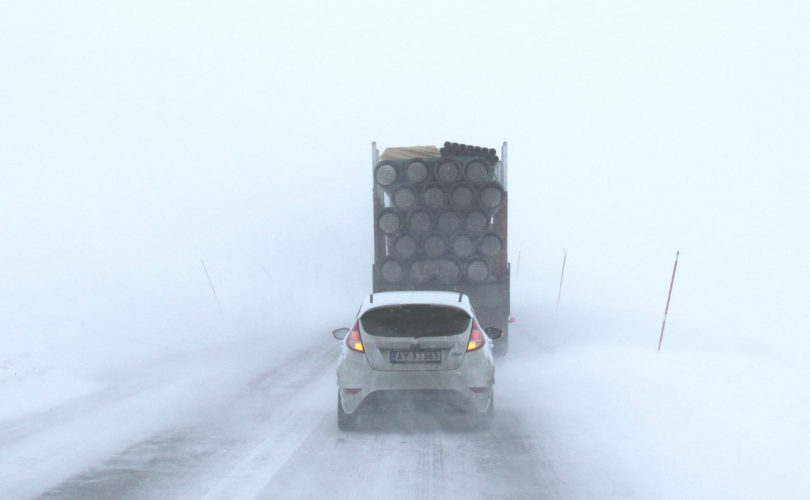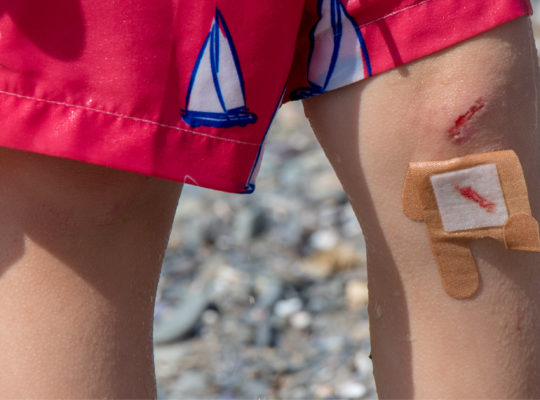People often dread, if not downright fear, driving in the winter. Ice, slush, and snow can make it extremely hard to steer, stop, and see. Here in Rochester, NY, we have unpredictable (and usually absurd) weather year-round. Especially as we venture into fall and winter, the roads get extremely slick. With December right around the corner, it’s about time to switch to your snow tires and stock up on windshield wiper fluid. But what else can you do to prepare for traveling in the months ahead?
Here are some tips that can help you prepare for anything on the road in the upcoming months:
Driving Safer
It’s easy to be over-confident with our driving capabilities, and we all develop habits behind the wheel. These habits can unfortunately be dangerous once the conditions change. The most common habit is going into autopilot. Under stressful situations we tend to default these habits to find some form of comfort and regularity. Since these habits are formed under optimal conditions, this can often lead to accidents. Taking the time to be conscious about your driving decisions can have a significant impact once the going gets rough and keep yourself and the drivers around you safe.
Using safe driving practices in the winter months and taking it slow is the best and easiest advice to protect yourself and others. Common things to check yourself for: Keeping a safe distance between cars, AAA recommends you double the following distance, always using your signals, not using cruise control on potentially slippery roads, and don’t speed up to beat a storm. There is practically no chance of actually outrunning a storm, so it’s much better to either take your time, or find somewhere to wait out the storm.
Preparing for Travel
Make sure your car is ready for snow. A properly working defroster, new windshield wipers, snow tires, and brakes. Properly working defrosters and windshield wipers are necessary for visibility, while brakes and tires are obviously needed for control on the road. Schedule an inspection to make sure everything is in check. Learn more about the specifics of winterizing your car here.
Some of the simpler tasks include:

Keeping your gas tank at least half full helps prevent your gas-line from freezing.
Pack a snow brush/ice scraper. Frozen windshields and windows can completely prevent visibility, leading to accidents.
Always travel with your cell phone. In the case of an emergency, you will want to have your cell phone in order to make a call for help. For longer drives, keep someone at your destination informed on your ETA so someone knows your general location on the road. If you have to pull over (due to car troubles or any other reason), if avoidable, don’t leave your car. If you absolutely have to, make sure to bundle up, stay out of busy roads on foot, and be aware of the symptoms and risks associated with frostbite.
Put together an emergency kit. Stocking an emergency kit to store in your car is a good idea year-round, but especially through winter. (Link to emergency kit prep)
Check your headlights and brake lights. If you haven’t switched out these bulbs lately, changing these before they go out is a good idea for winter. In a blizzard, working lights are crucial to your vision. However, it is also crucial to other cars’ vision of you! Burnt-out headlights or brake lights may cause cars to be unable to see you. Of course, this could result in a car accident.
Plan your routes ahead of time. Optimizing your route to travel primarily on main roads and expressways that are more likely to be plowed and salted can help you get where you’re going safer and as efficiently as possible.
It’s very easy to procrastinate getting ready for winter driving, so, following these tips can keep you from getting caught off guard by snowy situations.





